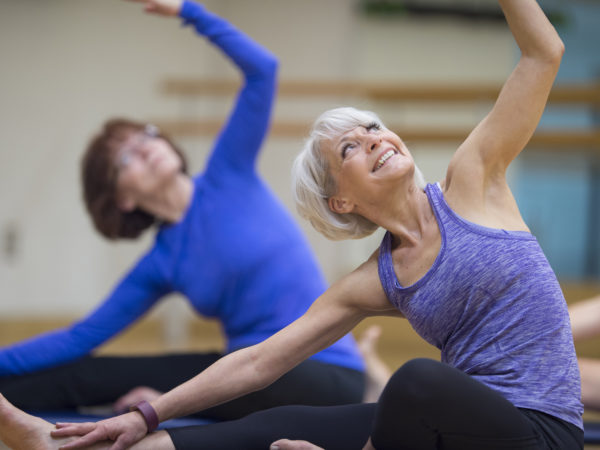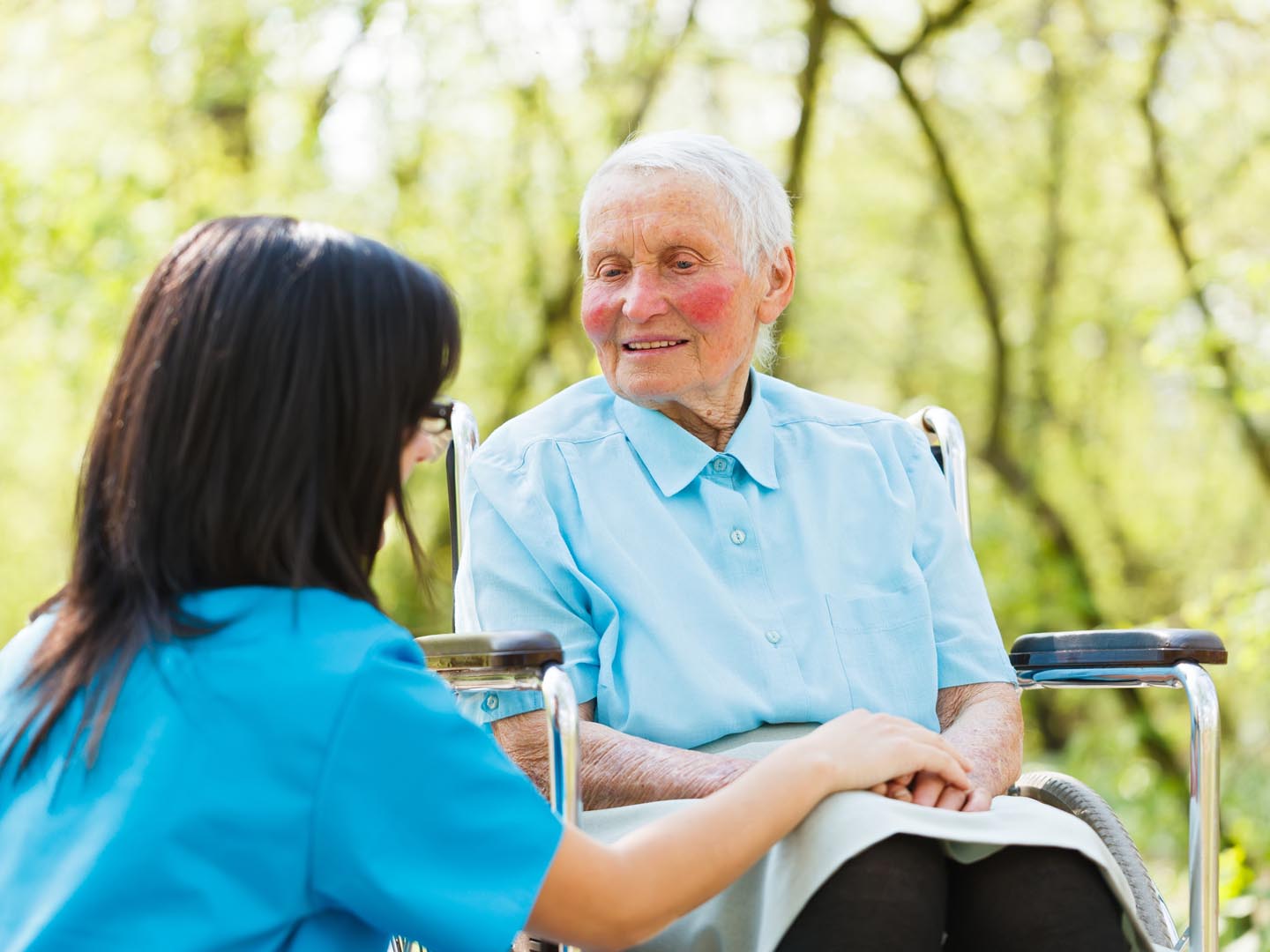Yoga For Urinary Incontinence?
Is it true that yoga can help women overcome urinary incontinence? How so?
Andrew Weil, M.D. | July 5, 2018

Urinary incontinence is the unintentional release of urine. It affects an estimated 20 million women in the U.S. (Men are less likely to be affected.) While urinary incontinence can occur at any age, it is especially prevalent in those over 65, although age itself is not the cause.
Yoga may be a helpful option. Researchers at the University of California, San Francisco, reported in May 2018 that the frequency of the condition declined by more than 75 percent among women who took part in yoga classes specifically designed to address the problem. Prior to the study, the 56 women who participated told researchers that they experienced incontinence several times a day, every day. They ranged in age from 55 to 83. None had practiced yoga previously. All agreed to suspend other treatments for urinary incontinence for the duration of the study.
Half of the women acted as a control group. The others attended two yoga classes per week for three months. All kept “voiding diaries,” so that researchers could track changes in their urinary symptoms. The yoga sessions involved learning 15 standard poses as well as techniques designed to improve posture and breath control. Study leader Alison Huang, M.D. said the goal was for the women to develop an increased awareness of the pelvic floor.
The study showed that yoga could help women strengthen the muscles of the pelvic floor without traditional rehabilitation therapy. Furthermore, regular practice of yoga poses appears to improve general physical fitness and conditioning, which have been shown to be protective against urinary incontinence in frail older women. Dr. Huang also noted that yoga practice incorporating deep breathing and mindful relaxation can decrease anxiety and stress – factors that may contribute to overactivity of the bladder and an urgent need to urinate.
Instead of yoga, the women in the control group took part in twice-weekly exercise classes that emphasized stretching and strengthening but did not focus on the pelvic area. They also did the exercises they learned at home once a week, as did those who took the yoga classes. At the study’s end, the frequency of incontinence in the control group had declined by more than 50 percent.
Although this was a small study, the results are encouraging. Unfortunately, yoga classes designed to help women deal with this problem are not yet widely available.
Andrew Weil, M.D.
Source:
Alison Huang et al, “A Randomized Trial of a Group-Based Therapeutic Yoga Program for Ambulatory Women with Urinary Incontinence.” Presentation at American Urological Association meeting, San Francisco, May 20, 2018.












